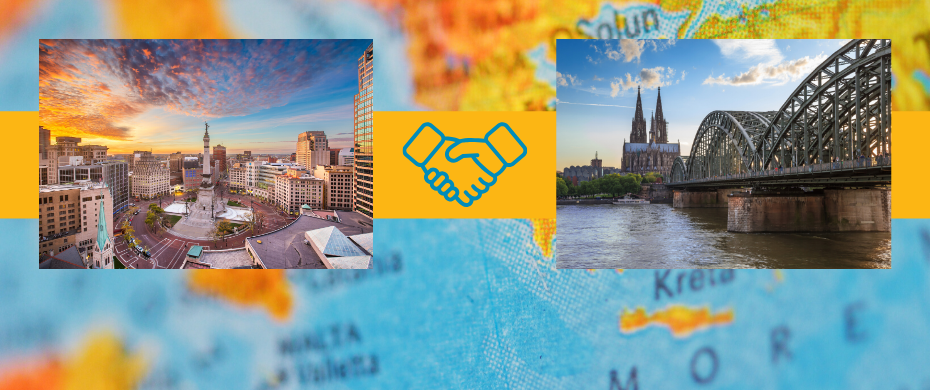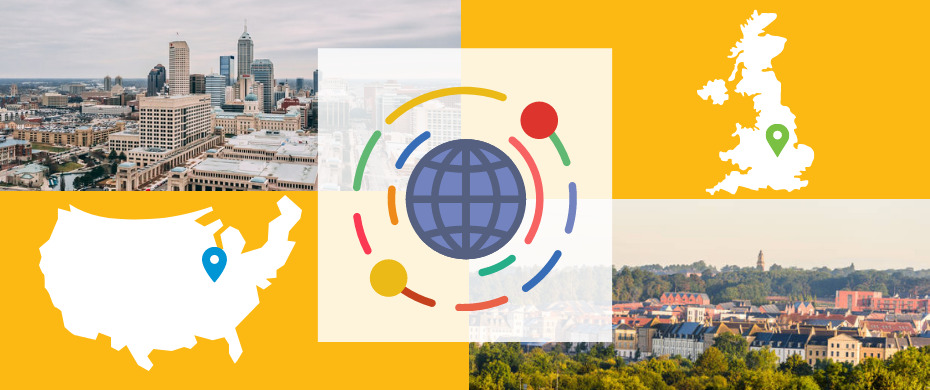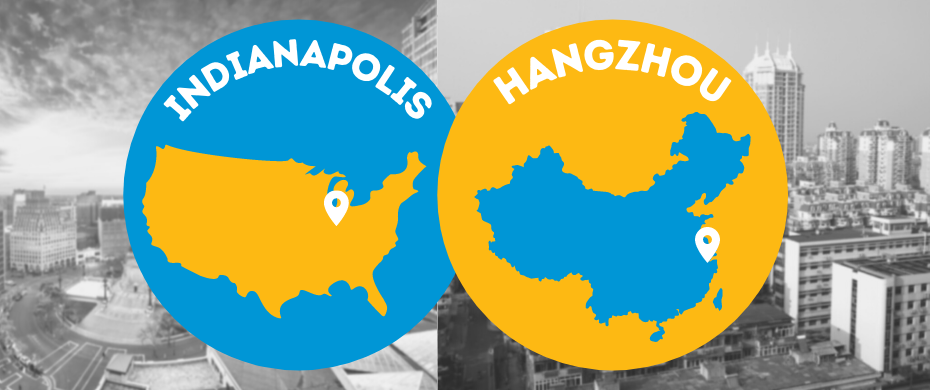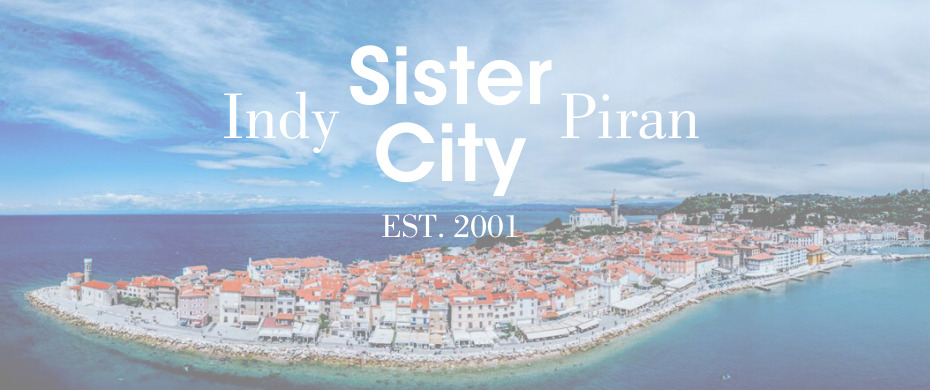INDIANAPOLIS SISTER CITIES: CAMPINAS, BRAZIL
Campinas, Brazil became a sister city to Indianapolis in July of 2009. Greg Ballard, former mayor of Indianapolis, set a specific goal: build and develop a relationship with a Brazilian city that values and uses biofuels and renewable energy technology. This would also allow for exchanges between the two cities that lead to collaboration and growth in clean energy usage, which was a key agreement between Mayor Ballard and Campinas mayor, Helio De Oliveira Santos. Campinas, Brazil is very conscientious of the environment, getting over 70% of their electricity from renewable resources.
In June of 2019, 12 leaders from Brazil visited Indianapolis, along with three other cities, as part of the Community Center Leaders Exchange. This exchange was meant for community leaders to share experiences, teach, and learn while expanding connections. The International Center scheduled programming for these leaders during their visit, accompanying them for tours and visits in the city.
| Indianapolis | Campinas | |
| Population | 876,862 | 1,081,000 |
| Size | 368 square miles | 307 square miles |
| Year Established | 1821 | 1774 |
| Number of Sister Cities | 9 | 17 |
BRIEF HISTORY:
Campinas is in the state of São Paulo, Brazil. Campinas was renamed several times, having previously been called São Carlos. The name, Campinas, means “grass fields” referencing the city’s landscape.
After its founding in 1774, Campinas was home to coffee, cotton, and sugarcane farms. This farming attracted many foreign immigrants to the area. Later, in the early 20th century, Campinas become well known for its metropolitan success in opera, education, hospitals, radio stations, and more. The first Brazilian highway went through Campinas, bringing it additional metropolitan growth.
CULTURE:
Campinas has a unique culture, both youthful and classic, due to its large population, art galleries, universities, and theatres. They have one of the best symphony orchestras in the country, as well. They also have two large football stadiums and many sports parks, as being active is a major part of the local culture. The Metropolitan Cathedral is a key historical landmark, built by slaves and dedicated to Our Lady of Conception in 1883. In 2018, a tragic mass shooting took place here, which brought global attention to the cathedral. The Culture Station is, as the name suggests, a great place to go to get a good glimpse of the culture. It is an old train station that was converted into a center for cultural events, concerts, and activities throughout the year.
Some other major cultural attractions include: The Central Market, Parque Portugal, and Centro de Convivência. The Central Market is a market where people can buy locally. Parque Portugal is a place of relaxation and sports. There are picnics, playgrounds, and paddleboats for enjoyment. Centro de Convivência hosts concerts and theatre productions, and the Campinas Symphony Orchestra uses the space to play music for the public.
FOOD:
Brazilian cuisine is strongly influenced by geography and the individuals that make up the country. Brazil became home to many immigrants who all brought their own style of cooking, influencing what is now known as Brazilian food. The national dish of Brazil is feijoada, a stew that is prepared with black beans and fresh pork. It is meant to be a midday meal on Saturday or Sunday and can be enjoyed for a long period of time.
Some regional dishes that are popular in Campinas include virado à Paulista and pastel. Virado à Paulista is a platter ensemble of sautéed beans, pork, plantains, fried eggs, kale, and rice. Pastel is a pastry with a filling, such as mozzarella, cream cheese, or chicken, that is fried in vegetable oil. Pastel can also be filled with sweet fillings, like chocolate or banana.
CAMPINAS TODAY:
Today, Campinas is now a major metropolitan area, with a growing economy. Campinas is home to renowned universities, such as UNICAMP, the State University of Campinas, which is in the top 200 universities in the world. There is an abundance of student life in Campinas, and education is valued from an early age, with many preschools, elementary, and high schools.
Campinas strongly values the environment. They have lots of green space for relaxion and leisure, such as Taquaral Lake. They have begun to implement a project that will grow their sustainability while also helping prepare for further development in the city.
By Chloe Reisinger









